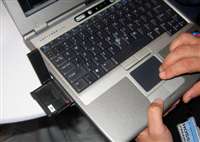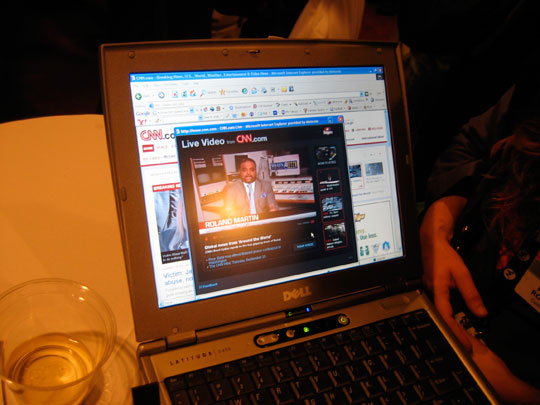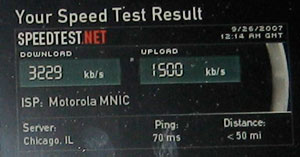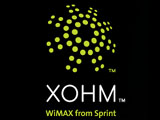
With all the discussion about the upcoming 700MHz broadband auction and its potential to provide a third broadband pipe in the US, it's possible to lose sight of Sprint and Clearwire's WiMAX service, which will offer broadband-class speeds using the 2.5GHz spectrum. Dubbed "Xohm," Sprint's $5 billion WiMAX venture will be launched in the spring of 2008 in Chicago, Washington, DC, and Baltimore, with a nationwide rollout to follow.
Hosted by Motorola, tonight's event was a chance to get an idea of WiMAX's real-world performance. For the demo, Motorola set up a mini network along the Chicago River consisting of four towers stretching across approximately 0.8 miles of the river, one on the north bank and three on the south.
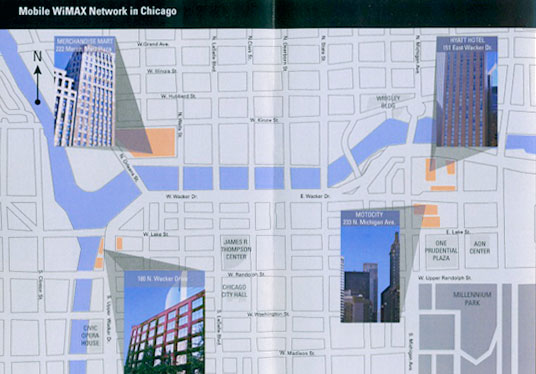
There were 12 laptops and tablet PCs along with a handful of WiMAX-enabled cell phones simultaneously using the network to stream data, video, and voice with an eye towards proving that WiMAX has what it takes both in terms of speed and its ability to seamlessly hand clients off between towers throughout the network. Barry West, CTO and president of 4G mobile broadband for Sprint Nextel, described the mini-network as "a sample of what our service will look like across the country."
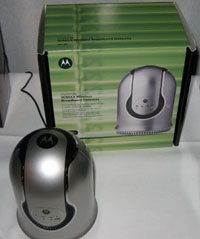
Along with the demo hardware, there was a table with a few consumer products: Motorola-branded WiMAX Wireless Broadband Gateways. They function in the same way as a typical home router, acting as a gateway to a 2.3, 2.5, or 3.5GHz WiMAX network while providing Ethernet jacks and 802.11b/g/n connectivity for devices in the home. A Motorola employee explained that the devices on display were currently in production, with sales to WiMAX providers to begin soon. At some point, he said, consumers would be able to buy the gateways at their local big-box retailers.
